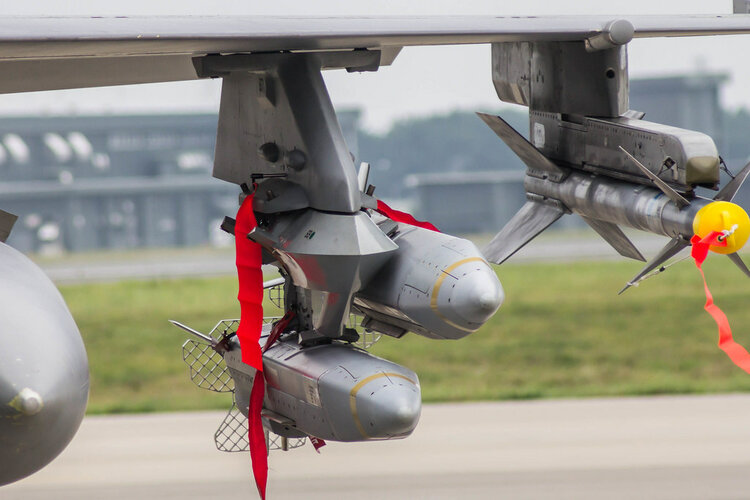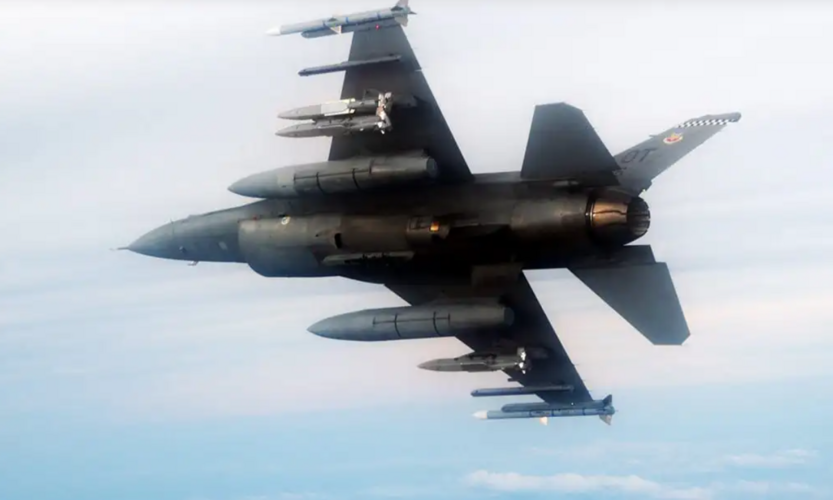Russia can no longer purchase these devices and cannot design or manufacture its own. Russia never developed a viable semiconductor industry and cannot do so now.
At this point, new-build Russian aircraft are probably consuming the last stocks of mported microdevices--hence the small numbers of new aircraft completed and the delays in fielding replacement types like the Su-57. When devices fail in serving aircraft, replacements are unlikely to be available. If the affected aircraft remain flyable at all, they will lose much or all of their ability to process targeting data.
Note also Russia's heavy use of older/obsolete missiles and iron bombs. The more advanced weapons are likely be in short supply and hard to replace, particularly if aircraft have priority for the limited remaining stocks of Western microdevices.
Given the above, I suspect that F-16s and AIM-120s will be more than enough to drive Russian aircraft out of Ukrainian airspace.
Excuse for my forthrightness, but this is nonsense.
Angstrem and Mikron in Zelonograd both design and manufacture semiconductors and chips.
There is also CLOUDbear, and Syntacore that manufacture chips.
This is apart from various government research institutions that design and research chips and IC's.
And this is ignoring the availability of chips and IC's available cheaply from their neighbour next door.
The types of chips and circuits typically used in military applications are nowhere near the level typically found in the latest commercial applications.
Like many others, even here in the West, COTS components are or were often used in military applications to lower costs or timeframes.
This does not correlate to an absolutist situation that there is no design or manufacture of local chips, even if production ramp-up bottlenecks are to be considered.
Many of your assertions, such as an inability to design and manufacture these components for military usage, are demonstrably false.
Part of the current problem in this politically charged environment is sifting through the heavily propagandised nonsense, from all sides btw, flooding the internet.
An example was the ridiculous nonsense about washing machines a while back, which serves to illustrate this.
I can understand that washing machine nonsense aimed at the easily influenced unwashed masses, but not when it was repeated by members (not by you) on a high calibre forum such as this.

 www.forsvaret.dk
www.forsvaret.dk


